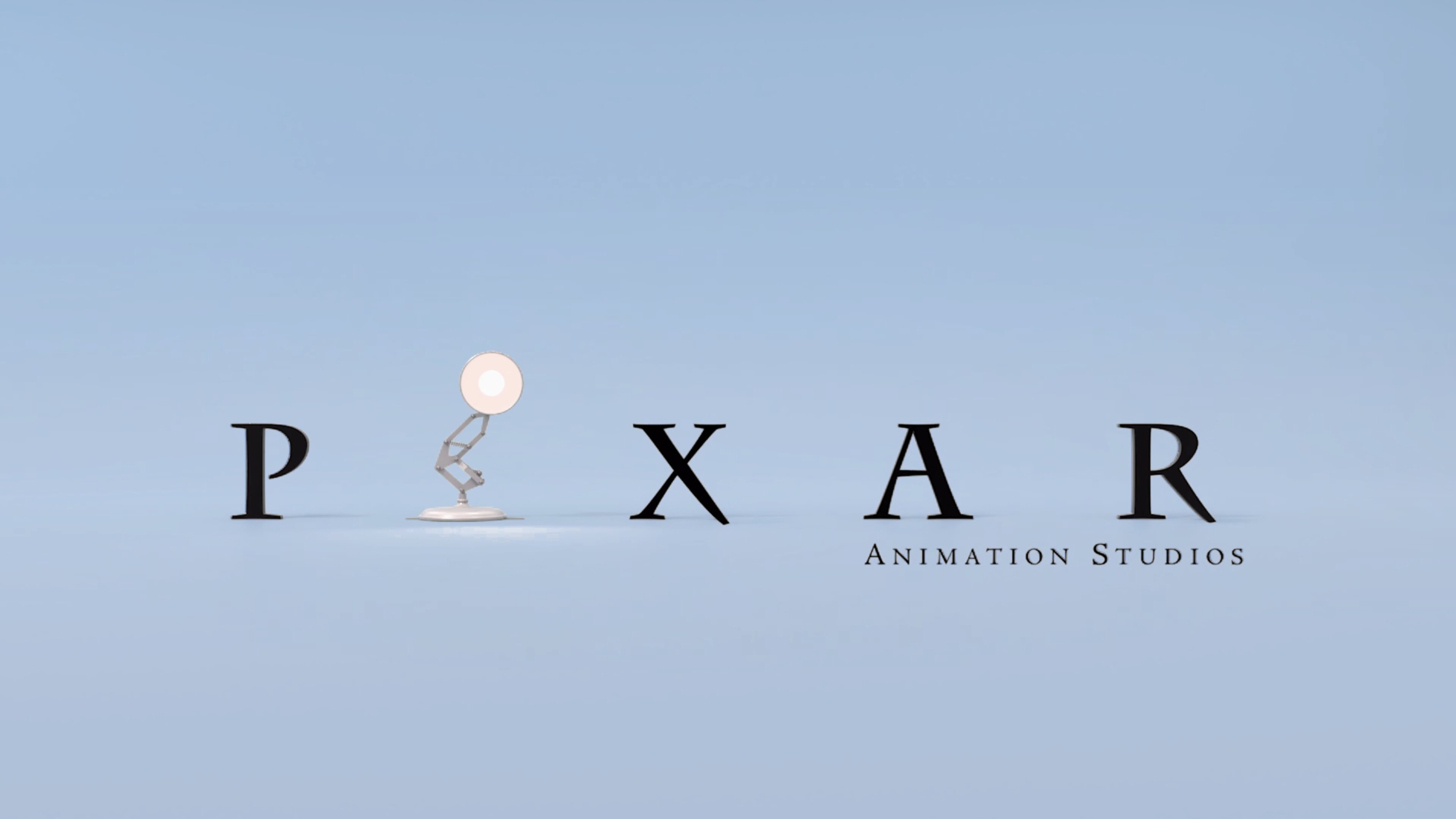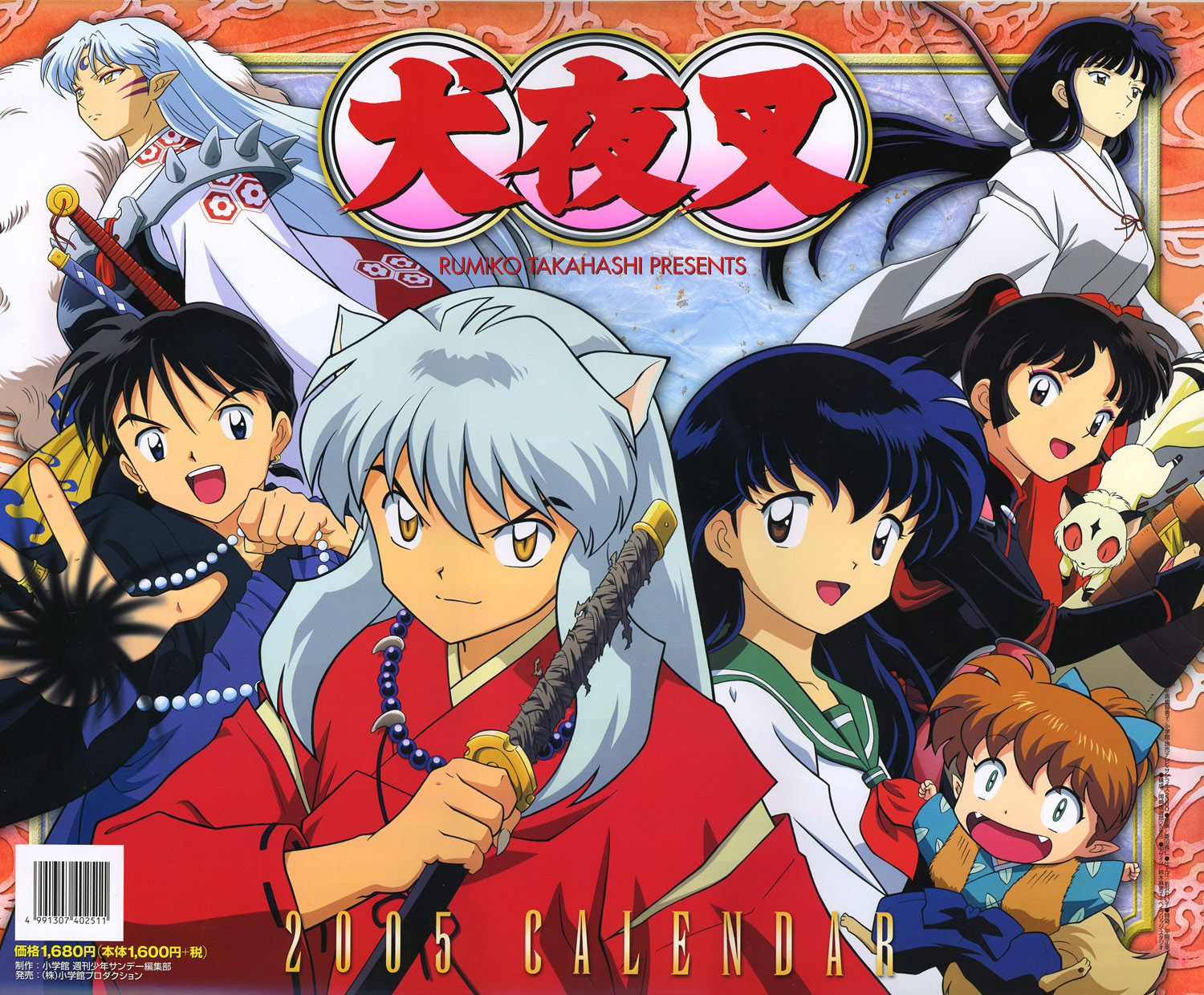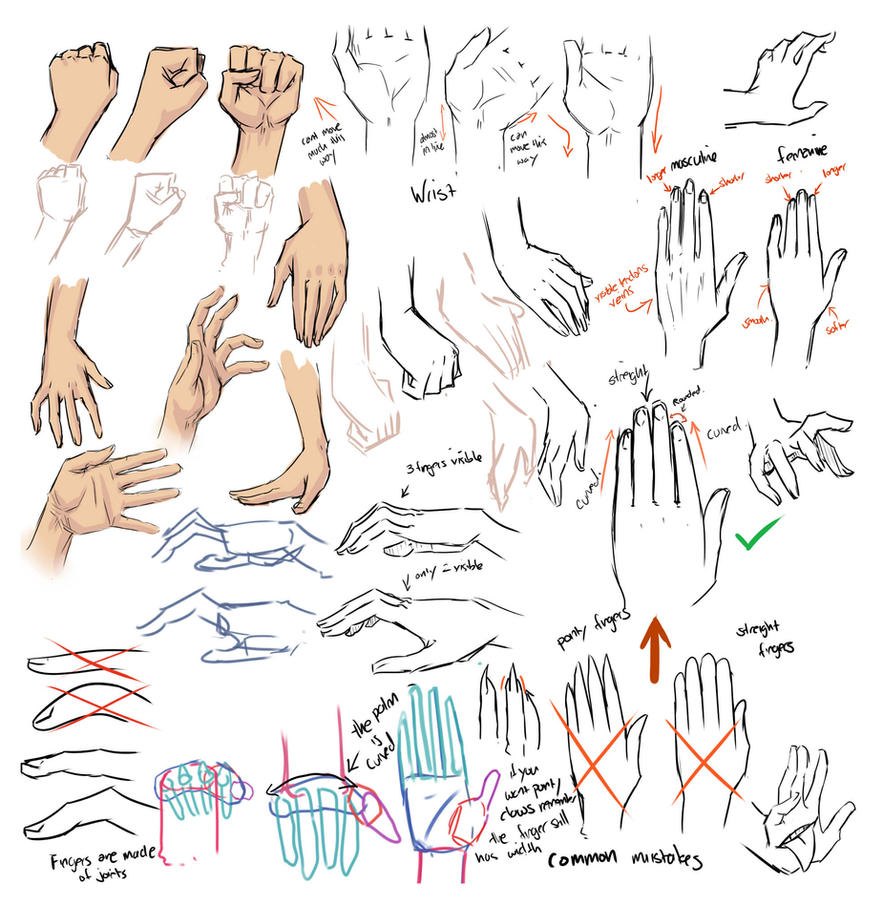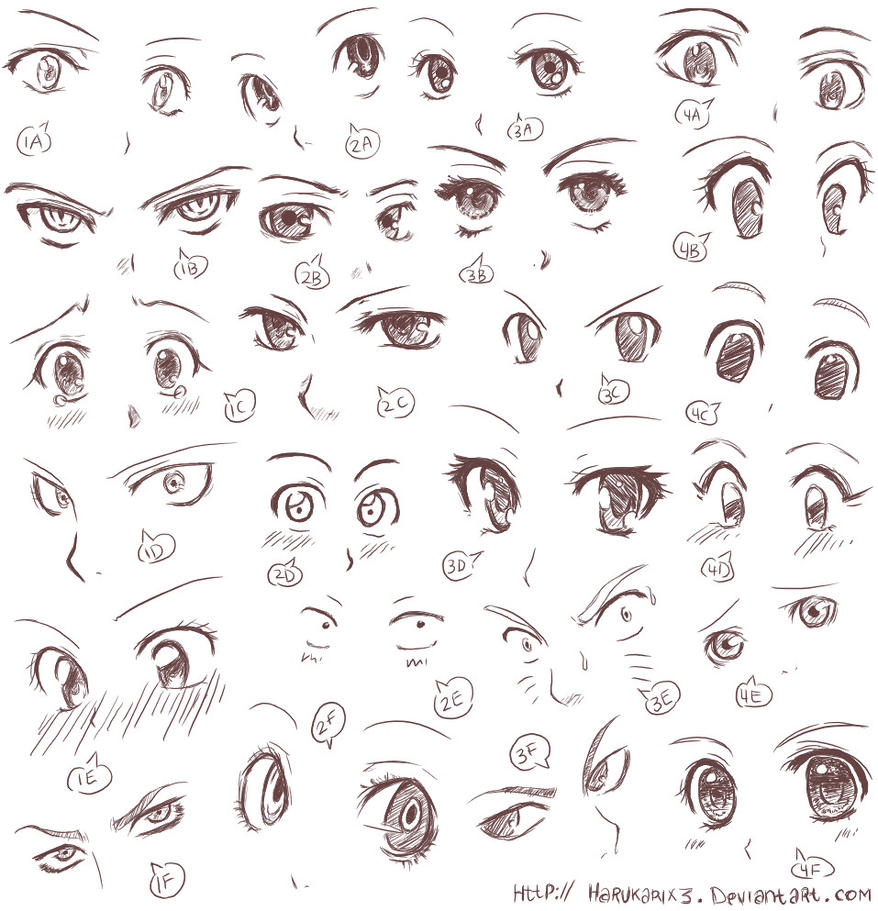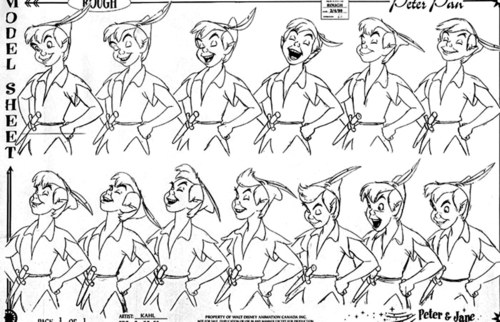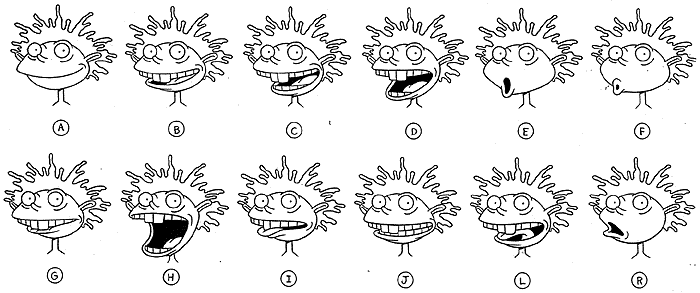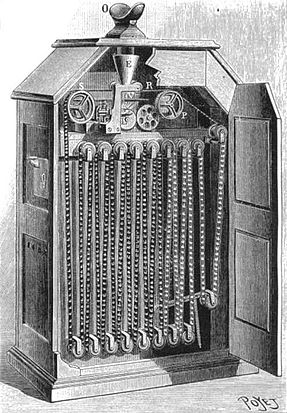The Powerpuff Girls is an American animated television series created by Animator Craig McCracken and produced by Cartoon Network Studios for Cartoon Network. The show centers on Blossom, Bubbles, and Buttercup, three kindergarten-aged girls with superpowers, as well as their ''Father'', the brainy scientist Professor Utonium, who all live in the Fictional City of Townsville, USA. The girls are frequently called upon by the town's childlike mayor to help fight nearby criminals using their powers.
The Powerpuff Girls revolves around the adventures of Blossom, Bubbles, and Buttercup. Each of the girls has a color: Blossom is pink, Bubbles is blue, and Buttercup is green. The plot of a typical episode is some humorous variation of standard superhero and tokusatsu fare, with the girls using their powers to defend their town from villains and giant monsters. In addition, the girls have to deal with normal issues young children face, such as sibling rivalries, loose teeth, personal hygiene, going to school, bed wetting, or dependence on a security blanket. Episodes often contain more or less hidden references to older pop culture (especially noticeable in the episode "Meet the Beat Alls," having been an homage to the Beatles). The cartoon always tries to keep different ideas within each episode with some small tributes and parodies thrown in.
The setting of the show is mainly the city of Townsville, USA. Townsville is depicted as a major American city, with a cityscape consisting of several major skyscrapers. In his review of The Powerpuff Girls Movie, movie critic Bob Longino of The Atlanta Journal-Constitution said that, "the intricate drawings emanate 1950s futuristic pizazz like a David Hockney scenescape," and that the show is "one of the few American creations that is both gleeful pop culture and exquisite high art.
-------------------------------------------------------------------------------------------------------------------------------------------------------------------
The Powerpuff Girls series debut on November 18, 1998, was the highest rated premiere in Cartoon Network's history at the time. The series consistently scored the highest rating each week for the network across a wide range of demographics—from young children to adults. In October 2000, Cartoon Network credited The Powerpuff Girls for its Friday night prime time ratings win among cable networks. By the end of 2000, merchandising based on The Powerpuff Girls encompassed a whole variety of products, including T-shirts, toys, video games, lunchboxes, and dish ware. Concerning The Powerpuff Girls success, Craig McCracken has stated, "I thought it would get on Cartoon Network and college kids would watch it and there would be a few random T-shirts out there in the rave scene or in record shops. But I had no idea that it would take off to this extent." The show's last original run episode was on March 25, 2005, in all six seasons were made.
On January 28, 2013, it was announced that a new CGI special starring the girls will premiere later in the year. The special will feature Ringo Starr of The Beatles singing a new original song I Wish I Was A Powerpuff Girl and voicing a new character named Fibonacci Sequins. The special will be directed by Dave Smith, who directed episodes for the series in the past, with the original cast members returning to reprise their roles.
